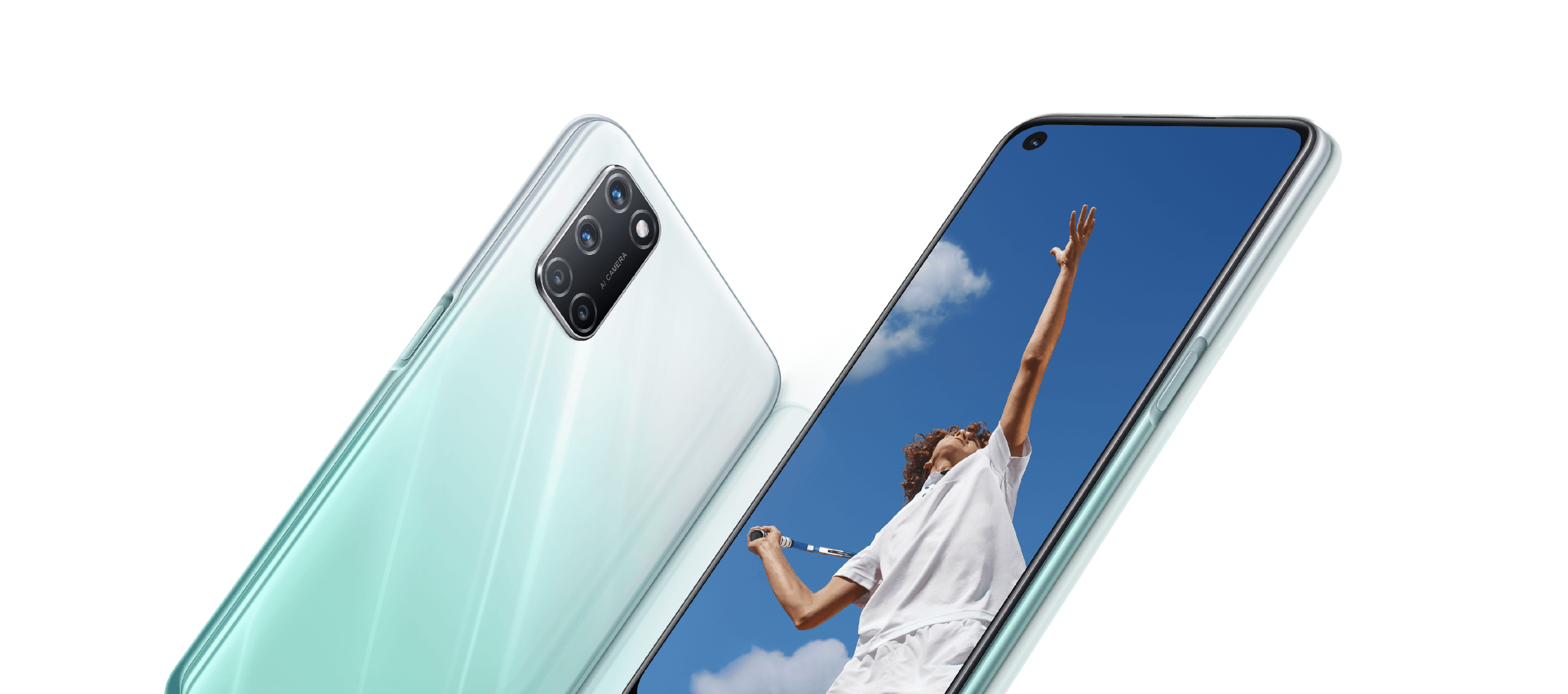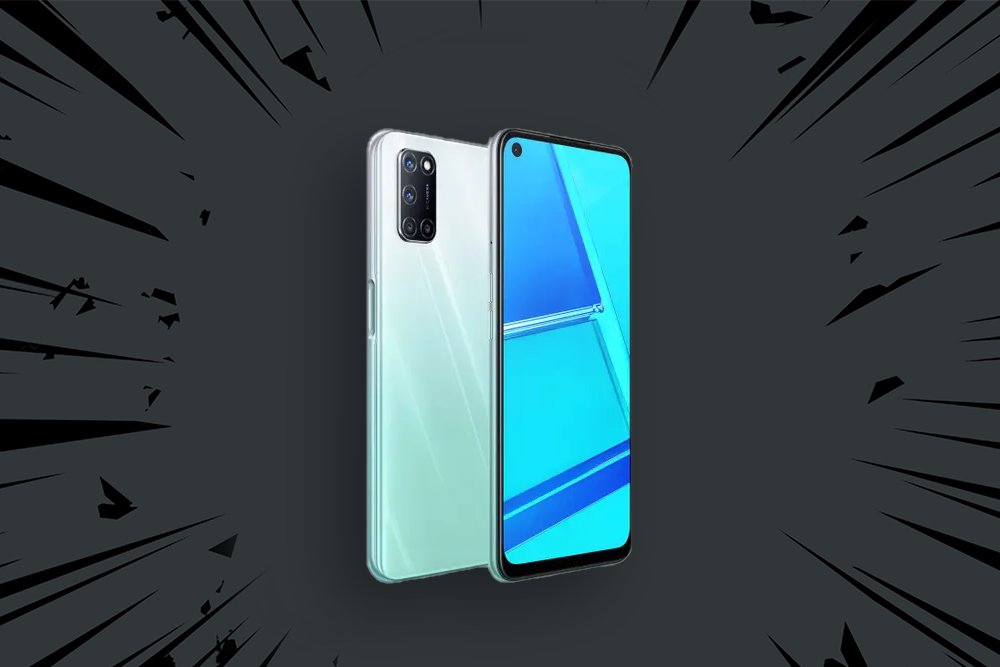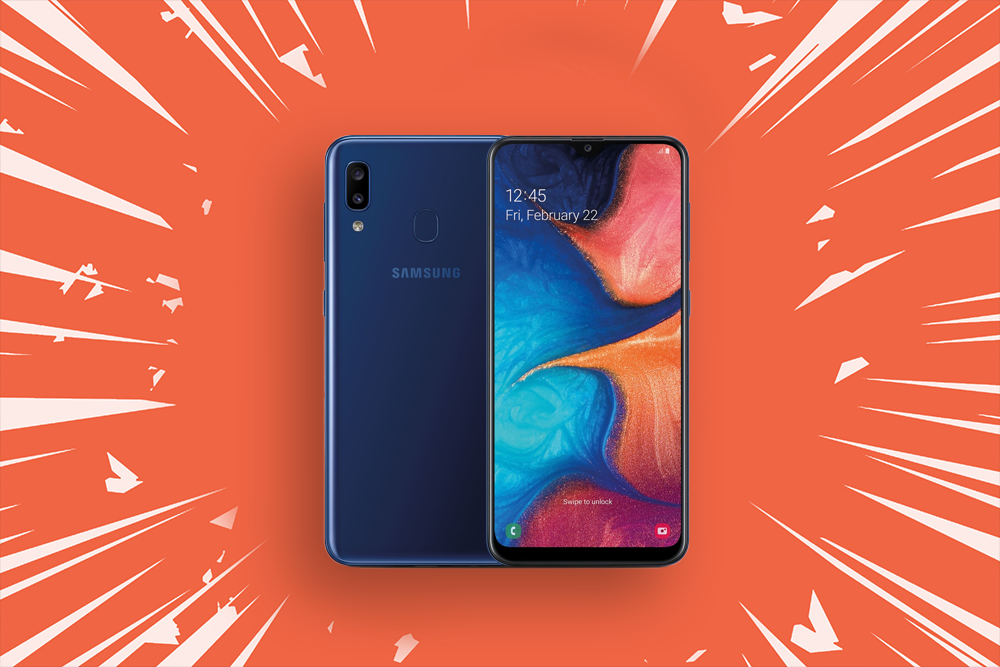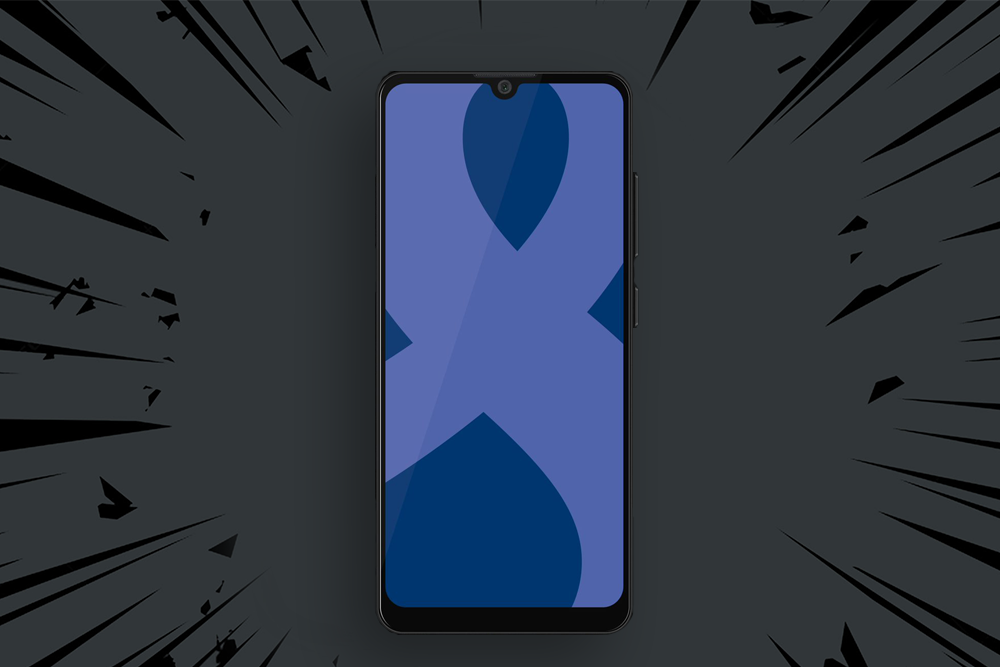Optus Mobile Review ALDI Mobile Review Amaysim Mobile Review Belong Mobile Review Circles.Life Review Vodafone Mobile Review Woolworths Mobile Review Felix Mobile Review Best iPhone Plans Best Family Mobile Plans Best Budget Smartphones Best Prepaid Plans Best SIM-Only Plans Best Plans For Kids And Teens Best Cheap Mobile Plans Telstra vs Optus Mobile Optus NBN Review Belong NBN Review Vodafone NBN Review Superloop NBN Review Aussie BB NBN Review iiNet NBN Review MyRepublic NBN Review TPG NBN Review Best NBN Satellite Plans Best NBN Alternatives Best NBN Providers Best Home Wireless Plans What is a Good NBN Speed? Test NBN Speed How to speed up your internet Optus vs Telstra Broadband ExpressVPN Review CyberGhost VPN Review NordVPN Review PureVPN Review Norton Secure VPN Review IPVanish VPN Review Windscribe VPN Review Hotspot Shield VPN Review Best cheap VPN services Best VPN for streaming Best VPNs for gaming What is a VPN? VPNs for ad-blocking To buy a smartphone that keeps you connected you needn’t pay more that a few hundred dollars. Of course, you’ll expect to make a few sacrifices when comparing these cheaper models, like the size and quality of the screen, or the crispness and colour of the photos it takes. But you might also be surprised and just how much phone you can buy for $300 these days. Some of the phone’s specs read like a Samsung too. It has a 6.5-inch display, a huge fast-charging 5000mAh capacity battery and 64GB of internal storage. It runs on Android 10 and has Oppo’s customer ColorOS user layer on top, which helps it feel more like an iPhone than an Android. Incredibly, it also had a quad-sensor array on the rear camera, letting you shoot wide, ultrawide and up-close with a macro lens. The fourth lens is dedicated to interpreting depth in the photos, which should help the other sensors deliver batter shots. It can shoot videos in 4K resolution. Of course, there are some differences to consider, too. The screen is a lower resolution to the top-notch flagships, with a 1080p resolution, and the Qualcomm processor isn’t the fastest model available. Though it is difficult to notice these differences given the quality of these components these days. A saving of over $1000 more than makes up for the sacrifices here. • Screen quality is where most cost-savings are made, so try and use the phone in a store to make sure that the screen is good enough to use everyday. • Check the off-axis viewing angles by slowly turning the phone in your hand and seeing at what point the image becomes unreadable. Look for a gap between the glass and the display panel as this is evidence of a low-quality construction. • A cheaper phone will have a slower processor, but you should still expect the computer in the phone to work fast enough to not get annoying. • Check the specs for the phone to see the capacity of the battery. We’d expect a cheaper model to have at least 2000mAh battery capacity. The standout differences include a smaller battery (4000mAh capacity compared to 5000mAh), two camera sensors rather than four, far fewer pixels in the display and an older version of the Android OS. But you do get a phone made by the largest phone maker in the world, and with it the comfortable of buying the devil you know. We’ve seen enough Oppos to know that it is a brand worth getting accustomed to, but for some there is extra value in sticking with a brand they know and love. And, though the A20 suffers in a spec sheet comparison, it still offers a quality smartphone experience for a surprisingly low cost. The centrepiece is a large 6-inch display with a waterdrop notch. The phone makes use of the camera in the notch for a neat face unlock security feature - something we didn’t expect in a phone this cheap. It runs on the latest version of the Google Android system, is powered by a quad-core processor and has a decent 3200mAh battery capacity.





